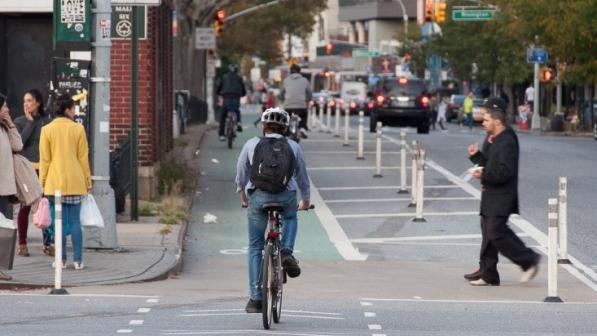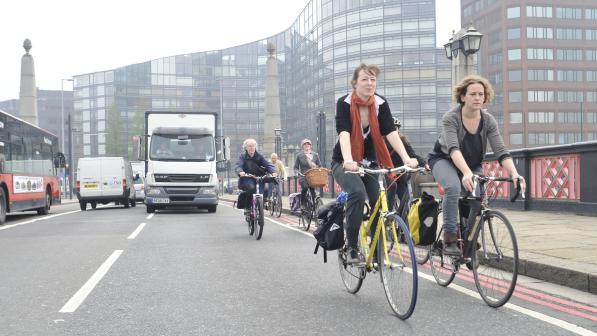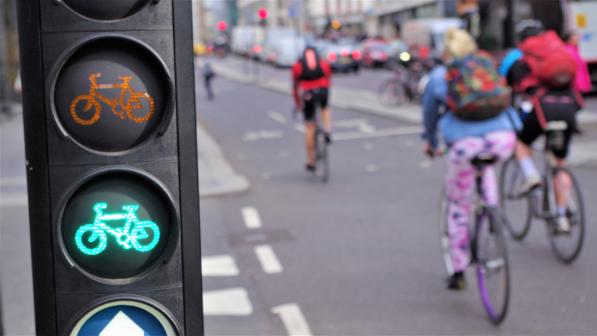Why does the Government need to introduce a form of Graduated Driver Licensing?

Young and inexperienced drivers: the risks
Cars are large, heavy, complex and potentially very fast machines, but the current training and testing system allows people as young as 17, who are biologically more likely to take risks, to operate them with no minimum period of training.
The licensing requirements for anyone wanting to take charge of any other comparably lethal machine are far more stringent.
Statistics show that, although the proportion of 17-20 year-olds with full licences in England has been dropping over the last ten years, Britain is still heavily car-dependent, and the pressure to learn to drive is still strong.
From April 2016 to March 2017, around 71% of newly qualified drivers were 17-25 year-olds.
As often reported, young drivers are over-represented in reported collision and casualty statistics, and pose a risk both to other road users and themselves.
Arguably, major factors here are: the training and testing system’s strong focus on vehicle handling (which is not too much of a challenge for most young people); insufficient focus on hazard perception; plus a failure to put enough emphasis on social responsibility and emotional control.
Solutions
Cycling UK thus supports a number of the recommendations made in reports for the Department for Transport (DfT), principally on Graduated Driver Licensing (2013), and on interventions for young and novice drivers (e.g. engaging parents post-test in setting limits; 120 hours of pre-test driving experience; telematics; and post-test hazard perception training).
Clearly, driver training is not rigorous enough to equip people, and young people in particular, for solo driving so soon afterwards. Indeed, there is a strong sense amongst them that “you pass your test, and then you learn to drive”.
This could be addressed by introducing tighter controls on all new drivers by ‘Graduated Driver Licensing’ (GDL).
As a strong supporter of GDL, Cycling UK was pleased to hear the Prime Minister state in Parliament that she was asking the DfT to look into it (February 2018).
We were equally pleased to see a DfT-commissioned TRL report (2013) recommending its adoption in Britain on the basis of realistic but conservative estimates, i.e. that it could save 4,471 casualties and £224 million annually, based on 17-19 year-old drivers. Taking the strictest approach, the researchers said, could save twice as much.
In Northern Ireland, legislation to introduce a form of GDL has already received Royal Assent.
The best way for the Government to allay worries about putting young people at a social, educational or financial disadvantage via GDL would be to guarantee investment in reliable, affordable public transport and high-quality provision for cycling and walking.
GDL, though, already enjoys significant support amongst the British public: a survey from the road safety charity Brake (2016) found that around nine out of ten respondents backed the type of restrictions it imposes.
What restrictions do Cycling UK advocate?
A minimum learning period of at least 12 months
Although being male and young are associated with a higher crash risk, evidence suggests that inexperience makes even more difference than being young. For example, one researcher concluded that “the effect of driving experience on accident liability is considerably larger than that of age, and is particularly significant in the early years of driving”.
Other research has found that it takes around 1,000 miles of post-licence experience for novice drivers to show similar physiological responses to developing road hazards in video-clips to those shown by experienced drivers who have three or more years of post-licence driving.
Yet, on average, novices take their car driving test after about 52 hours of professional training, and there is no set minimum for the number of lessons or hours of practice.
Introducing a minimum learning period, ideally for 12 months, and expecting learners to accumulate at least 120 hours of pre-test driving would help teenagers achieve the level of practice they need.
For most, this would mean spending more supervised and less solo driving time, experiencing a wider range of driving conditions, a better chance to learn the skills necessary to protect cyclists and to develop their hazard perception skills.
At least ten hours of this practice should involve professional tuition, and include compulsory modules on interacting with cyclists, reinforced with practical cycle training, if possible.
For those who have taken a cycle training course and qualified to Bikeability Level 3 or the equivalent, the minimum learning period (and maybe other components of a GDL system) could be reduced.
Intermediate/probationary stage
This stage would impose restrictions on new drivers post-test. For example, it could prohibit:
- driving at night between 10pm – 5am (i.e. a ‘curfew’);
- driving on motorways and/or certain other road;
- carrying teenage passengers; and
- using hands-free mobile phones
Such restrictions would be lifted after a set time (e.g. 6 - 12 months), at a certain age, and/or following another test.
Black boxes
Cycling UK also advocates ‘telematics’, i.e. installing ‘black boxes’ in cars to monitor the behaviour of young drivers, rewarding those who drive well with discounts.
- The above recommendations were among 80 we made in our 'Cycle safety: make it simple' response to the Department for Transport's Cycle Safety Review (June 2018).





